- Boards and Programmers, Boards, Modules and Accessories
Arduino Uno R3 DIP Board with Free USB Cable
- Arduino Uno R3 with ATmega328P in DIP package for easy chip replacement
- Includes free USB Type B cable for programming and power
- 14 digital I/O pins (6 PWM) and 6 analog inputs for flexible projects
- Compatible with the official Arduino IDE and common libraries
- Runs at 5V with recommended 7–12V input via barrel jack or USB power
- Perfect for students, makers, and DIY electronics learning
SKU: n/a - Accessories, Boards, Modules and Accessories
Transparent Acrylic Case for Arduino Uno R3
– Crystal-clear acrylic for full visibility of your Arduino Uno R3 board
– Durable protection against dust, debris and light impacts
– Precision cutouts for easy access to USB, power jack, headers and I/O ports
– Ventilation slots to improve airflow and reduce heat buildup
– Easy assembly with included screws and fasteners
– Compact and lightweight design ideal for portable projects and prototypesSKU: n/a
Arduino Uno R3 DIP Board with Free USB Cable
In stock
- Arduino Uno R3 with ATmega328P in DIP package for easy chip replacement
- Includes free USB Type B cable for programming and power
- 14 digital I/O pins (6 PWM) and 6 analog inputs for flexible projects
- Compatible with the official Arduino IDE and common libraries
- Runs at 5V with recommended 7–12V input via barrel jack or USB power
- Perfect for students, makers, and DIY electronics learning
₨ 1,450 ₨ 1,600
In stock
Arduino Uno R3 DIP Board Overview
The Arduino Uno R3 DIP board with free USB cable is an entry-level Arduino development board built around the ATmega328P in a Dual In-Line Package. This DIP version makes the microcontroller easy to replace and ideal for learning, repair, and prototyping. It is fully compatible with the Arduino IDE and most Arduino Uno R3 shields and tutorials.
Key Features
- ATmega328P Microcontroller (DIP type) – removable and beginner-friendly
- USB Type B interface included – free USB cable for immediate programming and power
- 14 Digital I/O pins (6 PWM) plus 6 analog inputs for sensors and actuators
- 16 MHz clock speed and 32 KB flash memory for sketches and libraries
- Stable 5V operating voltage with recommended 7–12V input via the barrel jack
- Compatible with the Arduino IDE, official libraries, and community examples
Technical Specifications
- Microcontroller: ATmega328P (DIP version)
- Operating Voltage: 5V
- Input Voltage (recommended): 7-12V
- Digital I/O Pins: 14 (6 with PWM)
- Analog Inputs: 6
- Clock Speed: 16 MHz
- USB Type: B (included)
- Flash Memory: 32 KB
- Dimensions: 68.6 mm x 53.4 mm
Why Choose the DIP Version
The DIP ATmega328P lets you remove and replace the microcontroller without soldering. This is a big advantage for learning, classroom use, or when developing projects that may require a replacement MCU. You can experiment freely and swap chips if you need to restore a board quickly.
What You Can Build
- Basic tutorials like Blink, Button, and Analog Read
- Sensor projects: temperature, humidity, light, and gas detectors
- Robotics: motor control, servo projects, and simple autonomous robots
- Home automation: relays, switches, and timed control systems
- IoT prototypes when paired with Wi-Fi or GSM modules
Getting Started – Simple Steps
- Connect the included USB Type B cable from the board to your computer.
- Install the Arduino IDE from the official Arduino website.
- Select the Arduino Uno board and the correct COM port in the IDE.
- Open the Blink example, compile, and upload to test the board.
- Explore sensors, shields, and libraries to expand your project.
What is Included
- 1 x Arduino Uno R3 DIP board (ATmega328P installed)
- 1 x USB Type B cable (included free)
- Quality-checked and packed by Colgroad
Quality and Support from Colgroad
Colgroad works with trusted Arduino Uno R3 suppliers and tests each board for quality before shipping. We provide responsive customer support, careful packing, and fast delivery across Pakistan. Whether you are buying for school, a lab, or home projects, Colgroad aims to make your Arduino journey easy and reliable.
Start Creating Today
Bring your ideas to life with the Arduino Uno R3 DIP board with free USB cable. Buy now at Colgroad.com for fast delivery and great value. Note: Images are for illustration purposes only.
2 reviews for Arduino Uno R3 DIP Board with Free USB Cable
Only logged in customers who have purchased this product may leave a review.
Vendor Information
- Store Name: College Road Electronics
- Vendor: College Road Electronics
-
Address:
Microwave Electronics, Basement Azhar Shaheed Plaza, DAV College Road
Rawalpindi
Punjab
46000 - 4.88 rating from 246 reviews
- Accessories
IR LED Transmitter and Receiver Pair (5mm)
– 5mm IR LED transmitter (emitter) and receiver (detector) pair
– Ideal for robots, remote control, and IR communication projects
– Low power consumption with fast response for reliable sensing
– Compact 5mm package for easy integration into PCBs and breadboards
– Compatible with Arduino, Raspberry Pi, PIC and other microcontrollers
– Perfect for line-following, obstacle detection, remotes, and proximity sensingSKU: n/a - Accessories
Type-C to Type-C Fast Charging Data Cable
– Supports fast charging protocols (USB-PD and Quick Charge)
– High-speed data transfer for photos, videos, and backups
– Reinforced high-purity copper core to reduce resistance and heat
– Durable anti-twist, tangle-resistant jacket for everyday use
– Reinforced USB-C connectors for secure, stable connections
– Built-in protection against over-current, over-voltage, and short circuitsSKU: n/a - STEM & DIY Learning Kits
2WD Arduino Bluetooth Controlled Robot (Unassembled)
– Beginner-friendly 2WD Arduino robotics kit with Bluetooth control
– Uses Arduino UNO, HC-05 Bluetooth module and L298N motor driver
– Smartphone control via Android or iOS apps
– Durable acrylic chassis with high-traction rubber wheels
– Expandable design supports ultrasonic, IR and other sensors
– Ideal for STEM education, hobby projects and Arduino learningSKU: n/a - DIY School Kits
T-M55 Sundial DIY Learning Kit
– Build a functional sundial to learn solar timekeeping
– Beginner-friendly DIY kit ideal for STEM education
– Teaches Earth rotation, solar movement, and shadow casting
– Easy assembly with pre-cut parts and clear instructions
– Durable, reusable materials for repeated experiments
– Great for school projects, science fairs, and home learningSKU: n/a - Boards, Modules and Accessories, Sensors And Modules
SW-420 Vibration Sensor Module
– High sensitivity piezoelectric or accelerometer-based detection for shocks and vibration
– Dual outputs: digital (DO) and analog (AO) for flexible interfacing
– Adjustable potentiometer to fine-tune sensitivity for different environments
– Compact, low-profile module for space-saving integration
– Compatible with Arduino, Raspberry Pi and most microcontrollers
– Ideal for security alarms, industrial monitoring, robotics and detection systemsSKU: n/a - Boards, Modules and Accessories, Display Modules and LCDs
OLED 1.3 Inch Display Module
– Compact 1.3 inch OLED module with high-contrast monochrome 128×64 resolution
– Supports I2C and SPI communication for easy integration
– Ultra low power consumption ideal for battery-powered projects
– Lightweight and fits into tight spaces for wearables and portable gadgets
– Compatible with Arduino, Raspberry Pi, and most microcontrollers
– Perfect for dashboards, IoT displays, custom interfaces, and DIY electronicsSKU: n/a


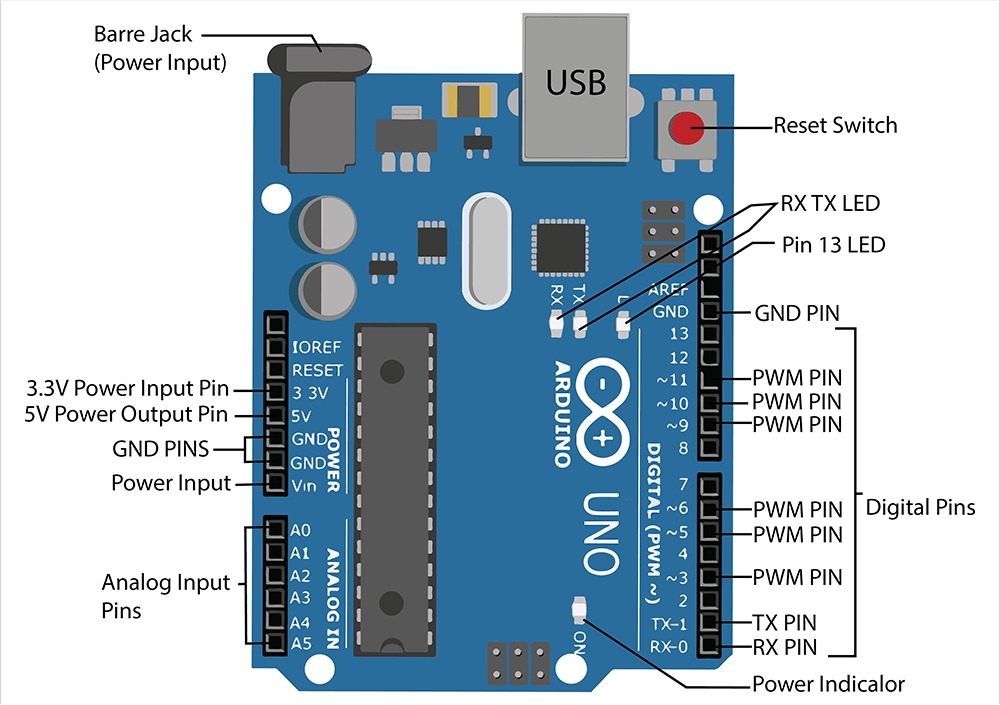


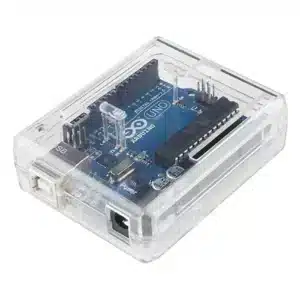


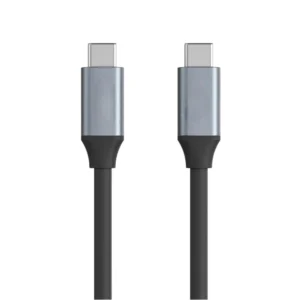
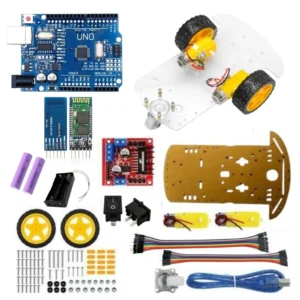

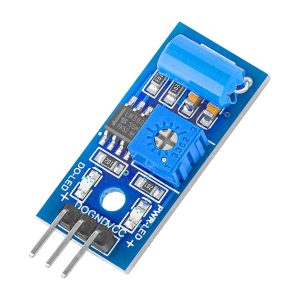
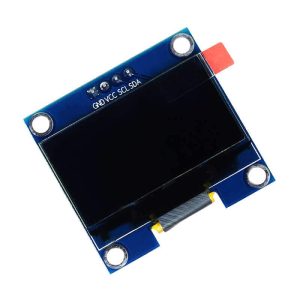

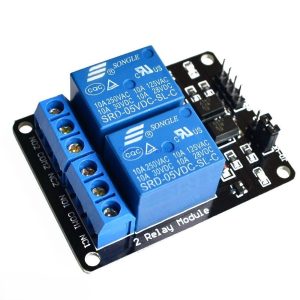

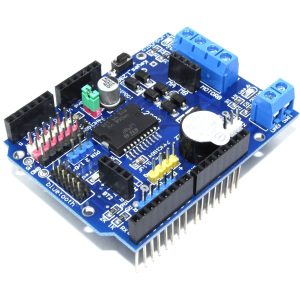

Afaq (verified owner) –
Afaq –
Anonymous (verified owner) –
Anonymous –